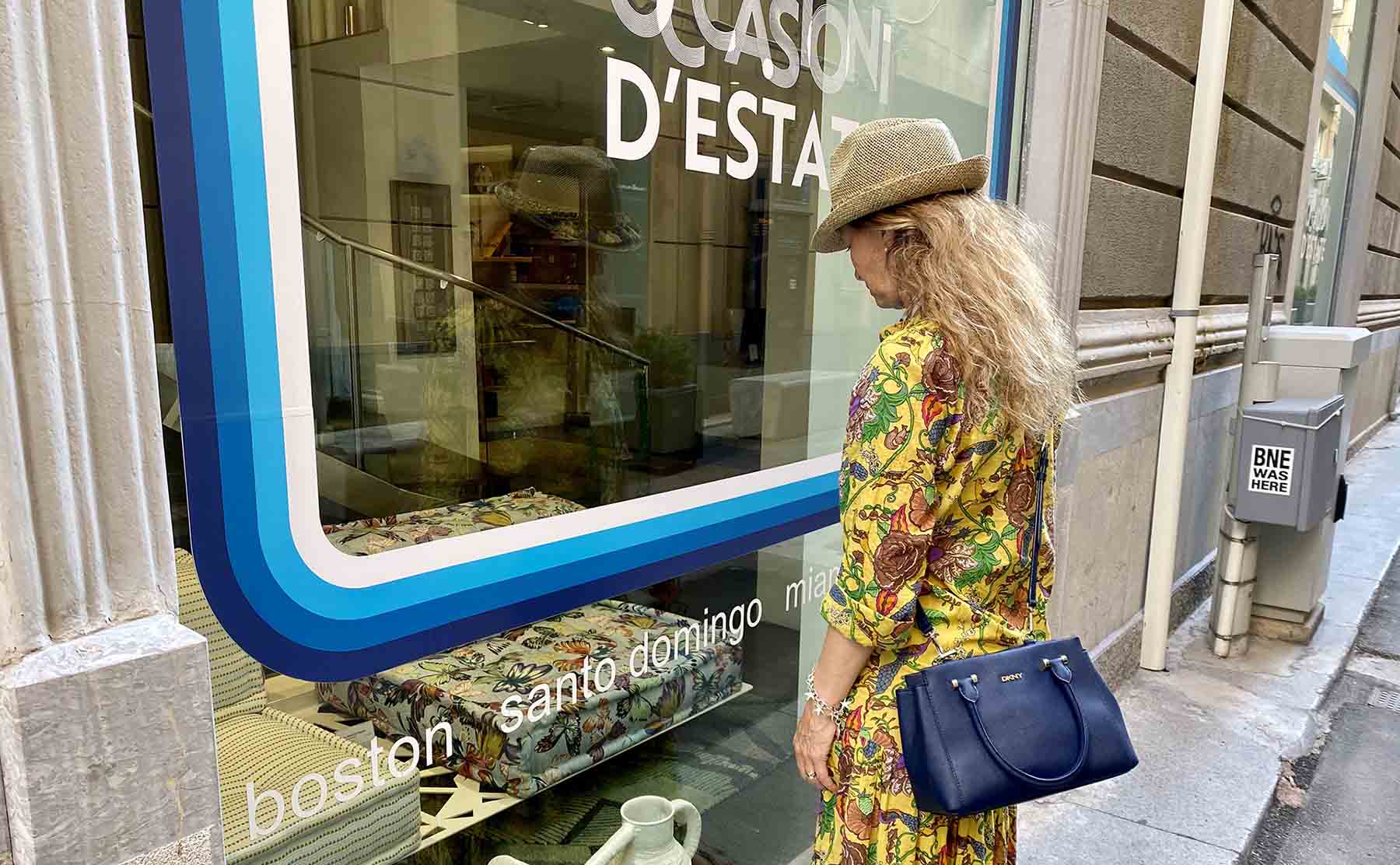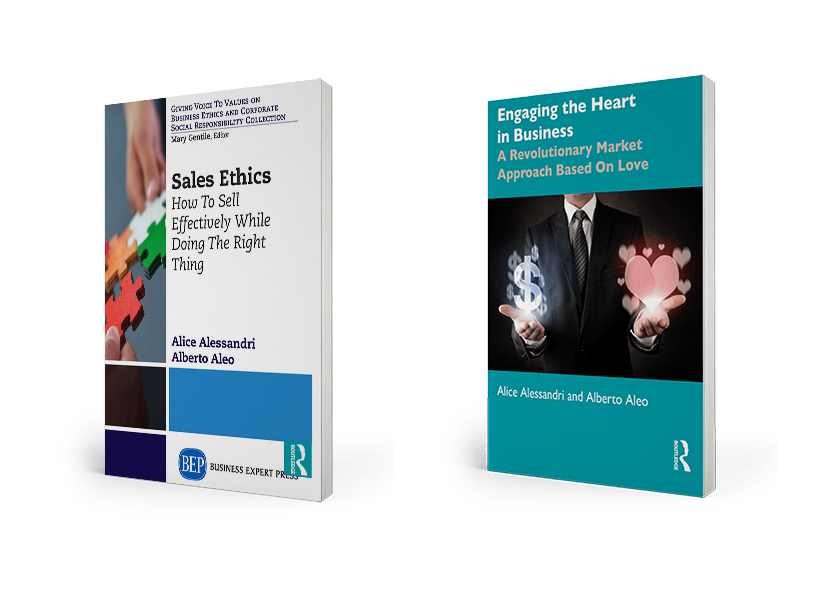by Alice Alessandri and Alberto Aleo
Summer is one of the times of the year when our propensity for shopping is amplified. However, the particular economic period we are experiencing requires us to make wiser choices in order not to run into misjudgements or, worse, become victims of clever tricksters. Knowing the mechanisms that regulate our choices is therefore very useful. For those who, like us, deal with business ethics, it is essential to provide tools that help consumers and companies discuss the real needs involved, in the interest of both parties. Indeed, there is nothing better than a satisfied customer and a company that has been able to understand him/her thoroughly and to accurately intercept his/her requests. Therefore, follow us in the analysis of the choosing process.
The many points of view on the choosing process
Over the centuries, ideas about the reasons that entice a customer to buy have changed dramatically. If the “classical” economy considered consumers as perfectly rational and fully informed actors – i.e. capable of understanding and evaluating all the aspects concerning their purchasing decisions – with the evolution of economic research it became clear that this was not possible and that the choices were not always rational, but rather influenced by psychological, emotional and social components. The hybridization between psychology and economics has produced a new discipline, i.e. behavioral economics, which has identified various cases of “deviation from rationality”: scholars consider these as real errors or “biases” (if you want to learn more about the main ones, read here) which may compromise our assessments. Fortunately, most of them have been classified and disclosed, but this doesn’t mean that consumers are able to avoid them. Some examples? We are influenced by the behavior of others and, by imitation or distinction, our choices are affected by those made by the social group of reference. Another element of “irrationality” derives from the limited information we have access to: we are therefore influenced by what is made available to us (sometimes in a biased way) by the market. Are we really sure that these are only mistakes?

From misjudgement to the purchasing strategy
In his very interesting book “Thinking, Fast and Slow”, Nobel laureate Daniel Kahneman argues that human beings have two brains: one which is slow, contemplative and analytical and a faster one, that bases its assessments on cognitive shortcuts, aims at efficiency and is by nature schematic. Simply put, we could say that the first brain processes the data and creates maps that are then delivered to the second brain, which uses them to orient itself and make choices quickly. These are real “manuals for choosing” which we follow when we realize we are in a context with characteristics that can be traced back to that particular case. Like all manuals, however, they contain rules that are not always suited to the real situation and that lead us to make mistakes i.e. the biases we were talking about in the previous paragraph. The thing we want to underline is that these rules are the result of real strategic choices made upstream and not trivial misjudgements.
The consequence of this observation is that each one of us has developed personal strategies for making choices, strategies that can be investigated.
If the biases identified by behavioral economics are recurring mistakes, common to several people, in our opinion their way of organizing themselves in specific decision-making maps can differ greatly from one person to another, according to their personality, values, set goals and past experiences. Therefore, in order to understand the way people choose, we must learn how to read their “manuals”.
Motivations as a strategic guide
We have often talked about purchasing motivations, stressing how important it is to investigate them in order to understand the intangible component of our customers’ needs, which is essential to fully satisfy them. Motivations are the answer to the question “why do you need?” that particular product or service, which is much deeper and more complex than the simple question “what do you need?”.
Fortunately motivations are not infinite but, according to our observations, they refer to some fundamental categories: income, status, health, friendship, safety, comfort, speed, knowledge, innovation. They are also important to outline the entire choosing process of our clients, i.e. each phase of their purchasing strategy.
From the very first explorations of the market, which most of us now carry out on the Internet, we adopt behaviours that refer to our experience and to what is important to us in life, in other words to our motivations. By crossing the phases of the customer-company relationship with the main purchasing motivations identified, we have realized that it is possible to recognize them if we carefully examine consumer behaviours. Thanks to what we have learned, we will be able to correctly guide our customers towards the right choice and improve their customer experience.

Photo by pure julia on Unsplash
A promise to keep
Imagine being a customer driven by a motivation related to efficiency and speed. Regardless of “what you need” to buy, you want to get it quickly, with little waste and without too many empty turns. In order to convince you, a company must be easily found and speak frankly and concisely from the very beginning of the customer journey. When you decide to go to a store, you will expect to arrive quickly, park without waiting, find the products on the shelves with no waste of time and interact in an essential and functional way with the staff. This style will have to characterize all subsequent interactions – as for example technical assistance – if the company wants to keep you as a customer. This is because for you time is the supreme value and you always try to optimize it to the best. You can imagine how this story would change if your motivations were status or safety! It is very important to be aware of the differences in terms of expectations and strategies that customers, driven by different motivations, refer to when approaching the consumer experience. This will allow to keep their satisfaction level high throughout the customer journey. It is clear that a company specializing in satisfying those who love speed may not necessarily be equally satisfying for those who favour safety.
That’s why it is important to recognize the motivations of our typical customer and cross them with the identity, characteristics and values of the company, trying to make targeted promises that we are able to keep.
It is also important for the customers to have a good understanding of their choosing process in order to turn to companies which are in line with their deep expectations and motivations.
A test to get to know yourself and others
This summer, together with Serena Calderoni and Luca Giorgetti we will devote our time to writing a new book that will explore in detail the mechanisms of the choosing process and then provide operational guidelines. As we do every time we approach a new topic, we have started with field research. For this reason we have developed a test with the aim of collecting data during all phases of the purchasing experience. We have made it available to you so that you too can contribute to the investigation and find out more about your choosing process. Once you’ve filled in the form (which takes about 3 minutes) you will receive a customer profile which is useful to get to know yourself better and avoid running into unconscious mechanisms. You can also submit the test to a sample of your customers, in order to understand if you tend to turn to interlocutors who share a similar motivation. In this latter case, you would discover a very important aspect of your business model: the typical customer is motivated by a recurring decision-making drive. You will therefore only need to design a customer experience customized to his/her real needs to significantly improve customer satisfaction.

Erik Mclean on Unsplash
Let’s conclude with a fundamental question: is it ethical to investigate the mechanisms of customer choice or is there a risk of providing companies and sellers with a tool to influence their choices against their will? It is a legitimate question that we too have asked ourselves. The conclusion we have come to is that it is right and ethical to do it for at least two reasons.
- The first one has to do with awareness: in our opinion, giving consumers the tools to get to know themselves better is evolutionary and allows them to release and have a better control of their choosing process.
- The second one refers to the ability of companies to build concrete promises, which are not misleading or based on false information.
– – –
If our research work – and the tools it will provide – manages to bring aware consumers together with consistent companies, we will obtain a virtual crossroads potentially capable of improving markets.
– – –
And what’s better than filling in a test under your beach umbrella? Have a nice summer everyone.
| partem claram semper aspice |
The photos used - where not owned by the editorial team or our guests - are purchased on Adobe Stock and IStockPhoto or downloaded from platforms such as UnSplash or Pexels.
Did you like this post and want to learn more about the topics?
Passodue research on issues related to sales, marketing, ethics and the centrality of human beings within the market logic, officially started in 2012. The results derived from our work are described in the publications and in the books you can find in this section.





This Post Has 0 Comments